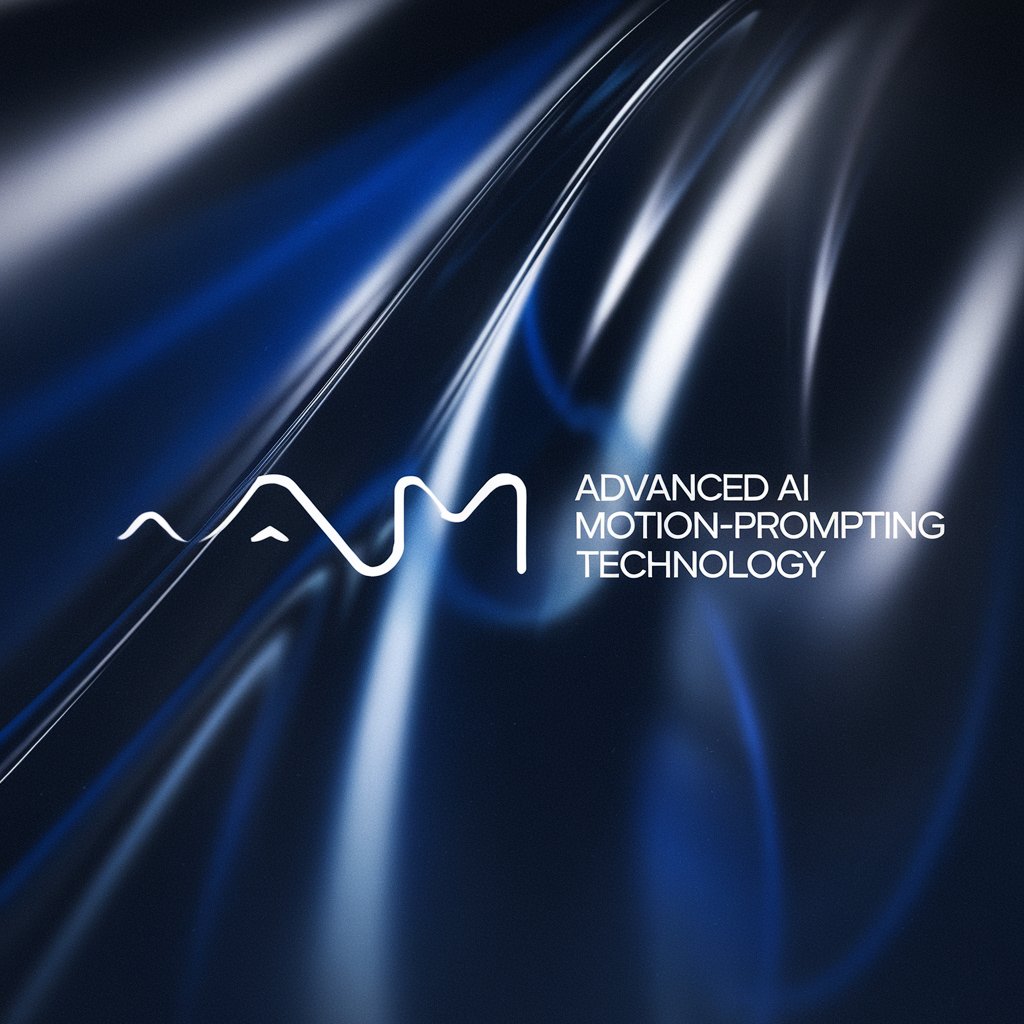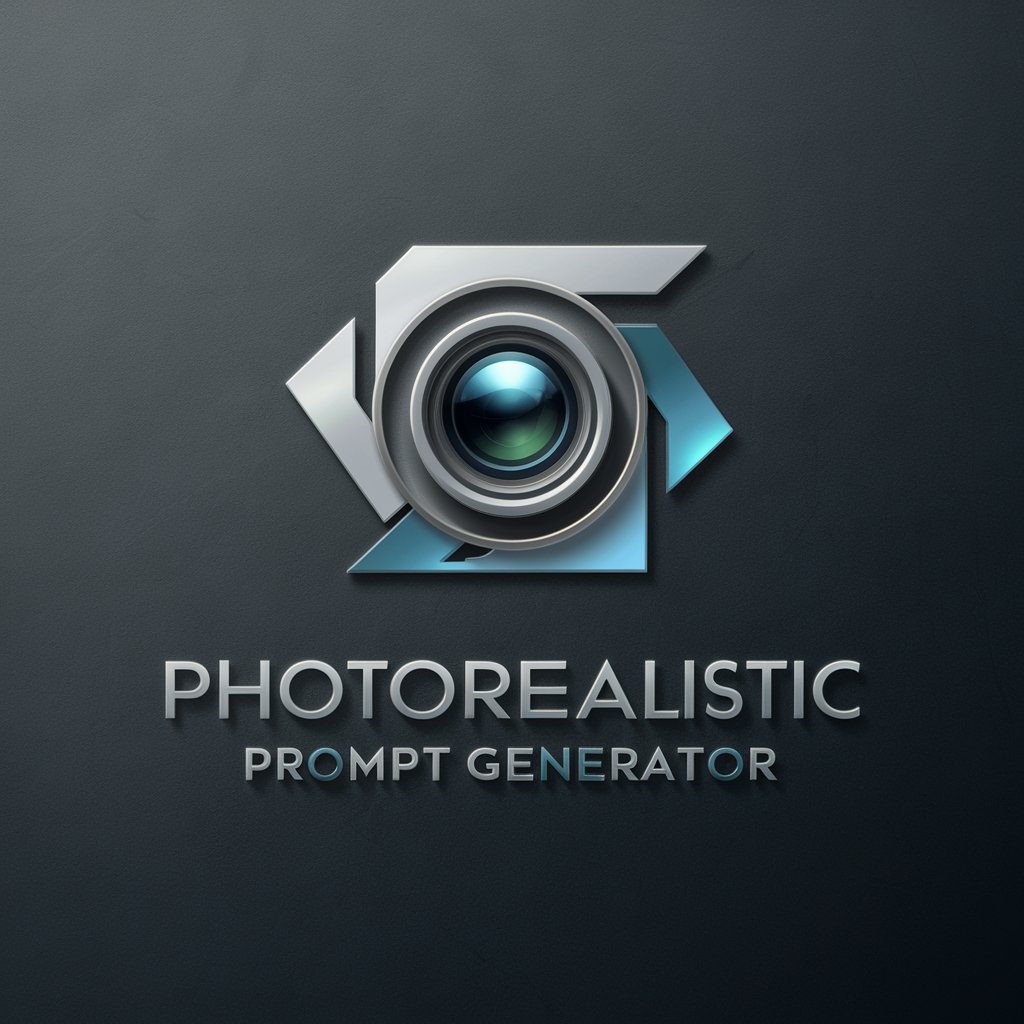
Scene Prompt Creator-AI prompt generator
AI-powered creator of realistic scene prompts
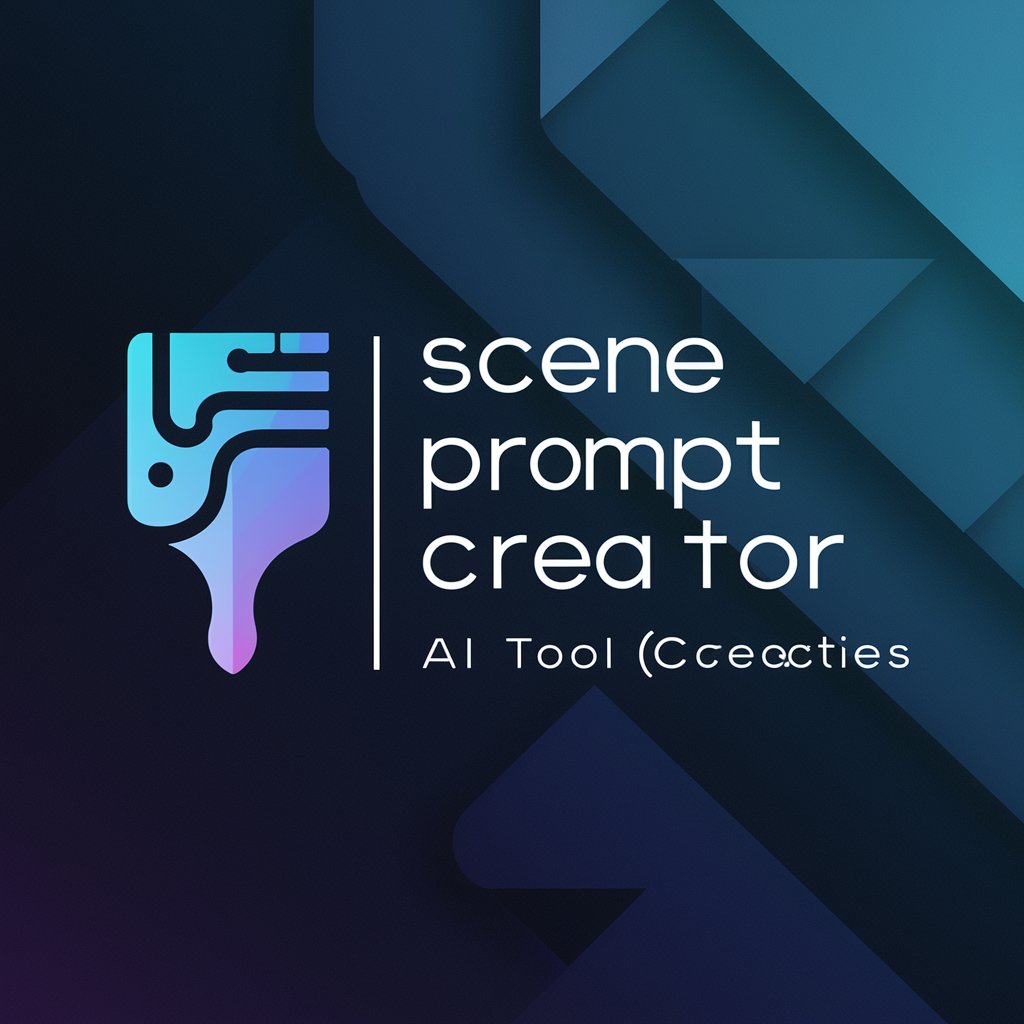
Suggest scenes and create prompts based on the themes like "emo"
エモい (emo)
たのしい (fun)
うれしい (happy)
かなしい (sad)
Get Embed Code
Introduction to Scene Prompt Creator
Scene Prompt Creator (JSON code correctionSPC) is an advanced tool designed for generating and customizing creative prompts, specifically tailored for narrative creation, writing, visual arts, or interactive storytelling. Its core function is to assist users in generating high-quality, detailed prompts that can be used in a variety of creative contexts, such as writing, video production, game design, or AI-driven art generation. The tool leverages deep learning algorithms to understand context, themes, and artistic styles, providing users with unique prompts that are both structured and rich in detail. A key feature of Scene Prompt Creator is its flexibility: users can input specific parameters (e.g., genre, character traits, setting, mood) and SPC will create complex and coherent prompts suited to those criteria. For instance, if a user wants to write a science fiction scene about a futuristic city, SPC might generate a prompt like: 'A vast, neon-lit metropolis stretches into the horizon, where AI-controlled drones patrol the skies. In this crowded world, a lone hacker uncovers a government conspiracy that could shake the foundations of society.' This example highlights SPC's ability to blend world-building with character-driven narratives.
Main Functions of Scene Prompt Creator
Customizable Prompt Generation
Example
Scenario
The user inputs parameters like 'fantasy', 'knight', 'dragon', 'forest', 'adventure', and 'tension'. SPC then generates a prompt like: 'Deep within the ancient forest, where sunlight barely breaks through the towering trees, Sir Alistair stands alone, sword drawn. The air crackles with magic as a massive shadow looms overhead. A dragon's roar echoes through the trees, sending a shiver down his spine as he prepares for the fight of his life.' This function is particularly useful for writers, storytellers, or game designers looking for creative input that fits within their defined constraints.
Genre and Style Tailoring
Example
A visual artist wants a prompt that will inspire a specific painting style, such as surrealism.
Scenario
The artist inputs parameters like 'surrealism', 'dreamlike', 'colorful', 'floating objects'. SPC generates a prompt like: 'A world where the laws of physics are twisted, and giant clocks float above an endless desert. The sky is filled with birds made of glass, their wings reflecting the vibrant colors of a sunset.' This allows artists to generate prompts that align with their stylistic preferences and desired visual themes.
Scenario Exploration for Interactive Media
Example
A game developer is designing a branching narrative for a role-playing game (RPG).
Scenario
The developer inputs a scenario with elements like 'mystery', 'treasure hunt', 'ancient ruins', 'multiple endings'. SPC generates a detailed branching scenario that includes dialogues, environmental descriptions, and possible player choices. For example: 'The adventurer enters the dark ruins, where the floor creaks underfoot. In the center of the chamber, a glowing pedestal holds an ancient artifact. Do they choose to take it, triggering a trap, or leave it and explore the hidden passage behind the stone door?' This function is ideal for interactive storytelling, game developers, and narrative designers.
Ideal Users of Scene Prompt Creator
Writers and Authors
Writers, particularly those working in genres like fantasy, science fiction, mystery, and romance, can use SPC to quickly generate prompts that jumpstart their creative process. By setting specific parameters such as mood, character traits, and plot elements, writers can explore multiple ideas without the pressure of coming up with everything from scratch. Whether they are struggling with writer’s block or simply looking for a new direction, SPC helps generate a wealth of content to fuel the writing process.
Game Designers and Interactive Storytellers
Game developers and interactive narrative designers benefit from SPC by using it to create immersive scenarios, quests, and character arcs for their games. SPC helps them quickly iterate on different narrative possibilities, ensuring that player choices can lead to a variety of outcomes and dynamic storytelling. For role-playing games (RPGs), visual novels, and other interactive formats, SPC provides a rich source of material for creating deep, engaging experiences.
Visual Artists and Concept Artists
Concept artists, illustrators, and visual designers can use SPC to generate prompts that align with specific themes, moods, or art styles. For instance, a concept artist might need inspiration for a dystopian cityscape or an alien landscape, and SPC can generate these prompts based on the user’s input, saving time and helping them explore different visual possibilities. The tool’s ability to tailor prompts to specific artistic movements (like surrealism, abstract, or realism) is particularly valuable for artists looking for creative breakthroughs.
AI and Technology Enthusiasts
AI-driven artists and technologists interested in using prompts for AI-generated content (such as text-to-image generation or AI-powered writing assistants) can use SPC to refine and tailor the inputs for their AI systems. By adjusting the complexity and style of prompts, these users can optimize the output quality and ensure that the AI-generated content aligns with their project goals. This user group includes those exploring AI in creative fields, where the blending of human creativity and AI capabilities can produce fascinating results.
How to use Scene Prompt Creator (5-step guide)
Visit aichatonline.org for a free trial without login, also no need for ChatGPT Plus.
Open aichatonline.org to try Scene Prompt Creator immediately — no account or ChatGPT Plus required for the free trial.
Prepare prerequisites
Decide on a theme (emo/joy/sad/fun), have a target image engine (e.g., Stable Diffusion) and basic settings ready (resolution, sampler), and be prepared to accept the tool's constraint: the primary subject will be a single teenage female in realistic Japanese cultural settings.
Select a scene and generate
Choose one of five suggested scene options the tool provides based on your theme. The tool will produce a single-line, comma-delimited positive prompt in English (copyable code style) and a matching Japanese prompt below it. Use that prompt directly in your image engine or edit it as needed.
Optimize results and iterate
Follow included quality directives (lighting, camera angle, style tokens) and keep token count under limits. If results need changes, request revisions: the tool will adjust phrasing, composition, orScene Prompt Creator guide modifiers until satisfied.
Export and apply best practices
Copy the generated prompt into your image pipeline, use recommended model parameters, run multiple seeds/steps for variation, preserve the English code-format positive prompt for reproducibility, and provide feedback (OK or requested edits) to finalize.
Try other advanced and practical GPTs
Neo4j Cypher Wizard
AI-powered Cypher query generator for Neo4j
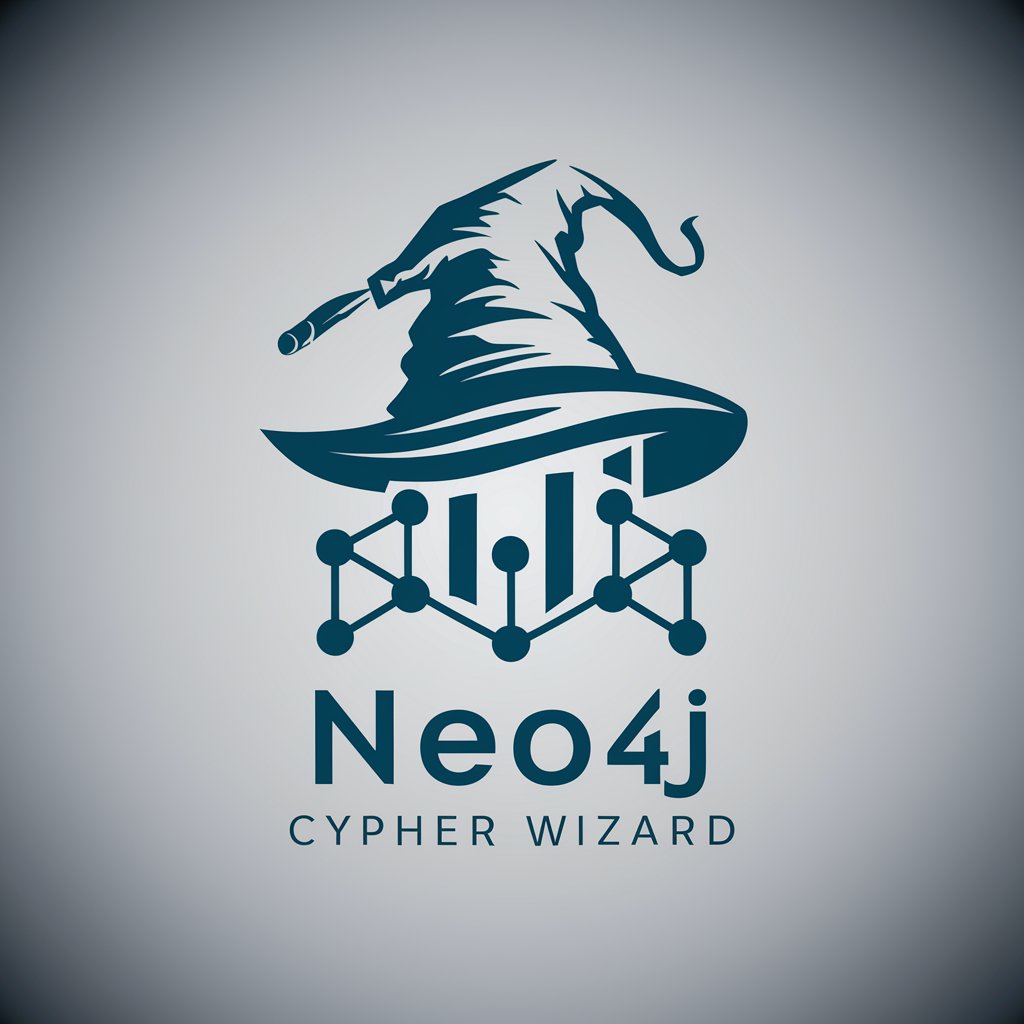
Deep Reinforcement Learning
AI-powered DRL: train adaptive agents faster
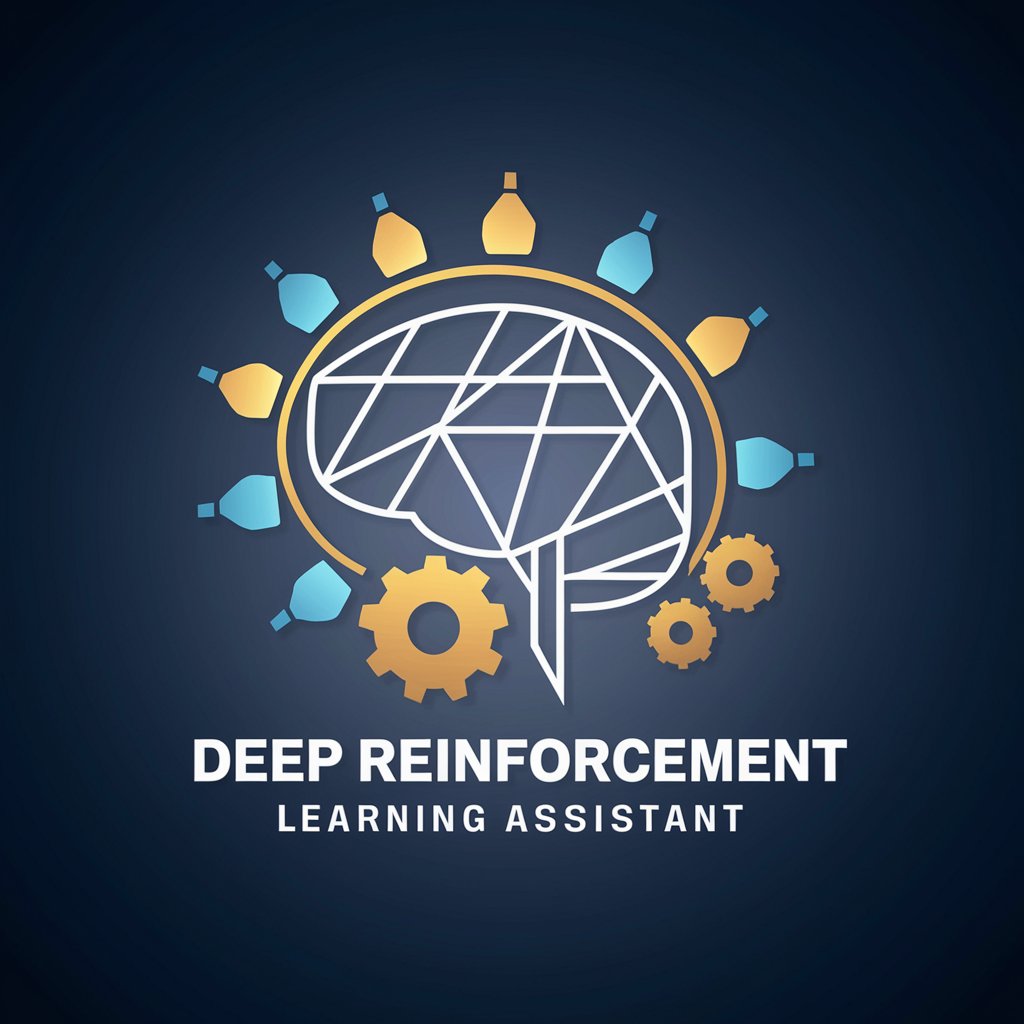
UI/UX Design Portfolio Builder
Design your UI/UX portfolio with AI

Analisis De Datos De Excel
AI-powered Excel analysis for faster insights

Kali Linux Pro Guide
AI-powered guide for Kali Linux workflows

Joshua - UFO Disclosure Ai
AI-powered drafting and research for disclosure

Toastmaster International - Public Speaking Coach
AI-driven Coaching for Confident Public Speaking

Quiz Master
AI-powered quiz creation made easy

经济学专家
AI-powered Economics Expertise at Your Fingertips

Auto GPT Agent Builder
AI-powered builder for custom GPT agents

DotNet Developer
AI-powered .NET developer assistant for C#

同じ顔を使って異なる物語を生成する画像生成器
Create unique stories with one face.

- Social Media
- Concept Art
- Storyboarding
- Character Study
- Product Mockup
Common questions about Scene Prompt Creator
What exactly does Scene Prompt Creator produce?
It crafts hyper-detailed, single-line positive prompts optimized for Stable Diffusion–style models. Each output follows a structured template (main object, details, scene, camera, lighting, style, modifiers, quality) and includes an English code-format prompt plus a Japanese prompt beneath for convenience.
Can I change the subject or include fantasy elements?
The system is designed around one principal constraint: realistic scenes set in contemporary Japanese contexts with a single teenage female protagonist. Fantasy elements are intentionally excluded. If you need other subjects or fantasy, you can still adapt the produced prompt manually, but the tool's built-in workflow focuses on realistic scenarios.
What formats and lengths are outputs constrained by?
Outputs are a single sentence, comma-separated, suitable for copy/paste. The prompt keeps token count below 200 tokens (commas count as tokens). The English positive prompt is delivered in a copy-ready code style; a Japanese version is also provided.
How should I get the best image quality from the generated prompts?
Use recommended model settings (higher steps, appropriate sampler, and a reasonable CFG scale), run multiple seeds for variation, and start with the generated prompt unchanged to gauge base results. Then iteratively tweak specific modifiers (e.g., 'soft film grain' or 'cinematic lighting') rather than rewriting the whole prompt.
Is my content and privacy protected when using the tool?
The tool does not require sign-in for a free trial and aims to minimize data collection. However, always review the host site's privacy policy when working with sensitive content. For proprietary or sensitive imagery, run prompts locally with your own model to retain full control over assets.



